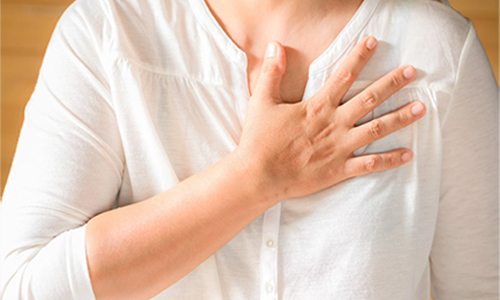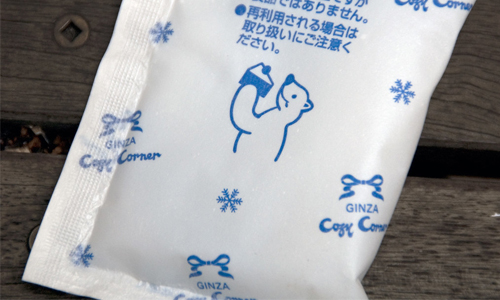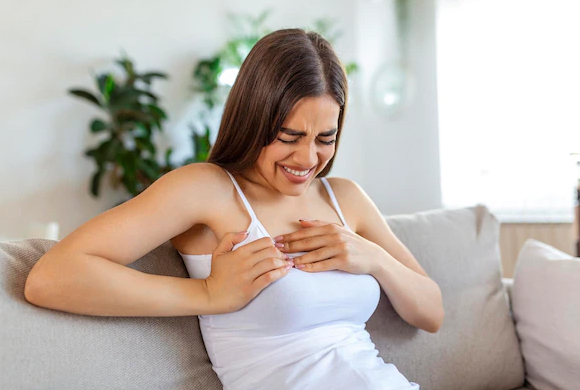According to research, 31% of women report pain, swelling, hemorrhage, or wounds on their breasts immediately after a road accident. 17.2% report fat necrosis, and 69% of women report a lump in the breast after 6 months post-accident. Breast injury is common, but it can be both mentally and physically distressing. Younger women might worry about their ability to nurse a baby after a breast injury. While older women are concerned about breast cancer following a breast trauma, You need to analyse the reasons for your breast pain and seek medical help. Breasts are one of the most sensitive areas in the body, and any injury will cause intolerable pain. Yet they are often not serious and can be easily corrected by wearing a proper bra.
Causes of Breast Injury
- Vehicle accidents (bumping into the seat or steering).
- Direct impact to the breasts.
- Not wearing the right bra to support your breasts.

What are the Symptoms of Breast Injury?
- Pain or aches when touched.
- Tenderness on the affected breast.
- Swelling in the size of the breast.
- Blood clots (Hematoma).
- Bleeding (very rare breast injury).
- Lumps at the place of injury.
Side Effects of Breast Injury
- Damage the blood vessels, forming blood clots.
- Fat necrosis is likely to damage the fatty cells in the breast.
- Oil cysts can develop due to injury.

What are the Home Remedies to Manage Breast Trauma?
- Use a cold compress at the injury site.
- Use over-the-counter anti-inflammatory drugs.
- Wear a bra properly.
- Apply a hot compress to the bruise.
- Avoid wearing tight clothes for a few days.
Warning Signs
- Severe Lumps.
- Discharges like blood or pus on the nipple.
- Swelling.
- Severe rashes and itching in the breasts.
Treatment for Breast Injury
Usually, a breast injury disappears on its own. If there is a severe lump or long-lasting swelling and pain (any of the above warning signs), you need to seek medical help immediately.
How to Prevent Breast Injury?
Accidents may happen, but they are possible to control by wearing the right-sized bra with good support. A good bra works as a protective layer to avoid injuries. If you haven't found the right fit, check the bra size calculator now.
Can Breast Injury Turn into Cancer?
No. Injuries and stress do not cause cancer. Bumping, bruising, pinching, and touching the breasts do not cause cancer. Sometimes a patient might visit a doctor for injury and the doctor detects existing cancer. If you are still worried, take a breast self-examination at home to examine your breast for any physical or visual changes.
Shop a supportive sports bra for your everyday workout.
Do not confuse breast pain with bra pain. Here's what to do when your bra hurts.
Author Note: I'd like to thank scholars Christopher Tam Song, Isabel Teo, and Colin Song for their informative research on Seat-belt trauma to the female breast. I've shared their research findings in this blog for informational purposes.

